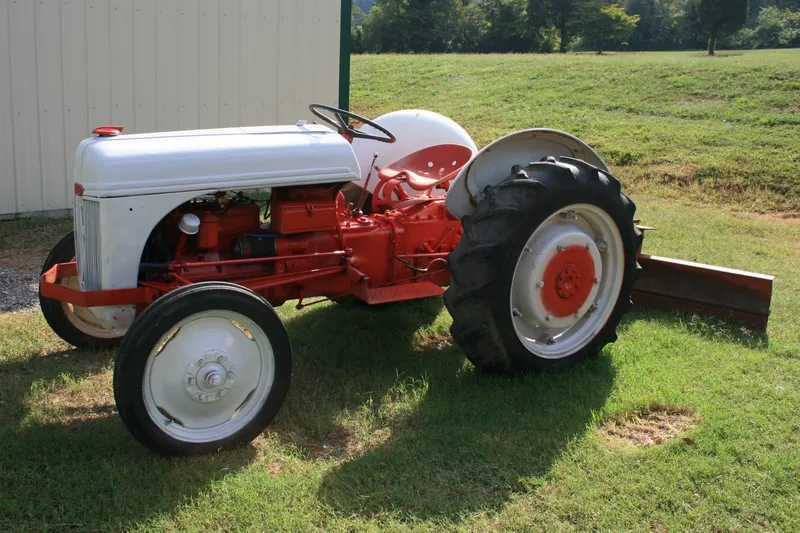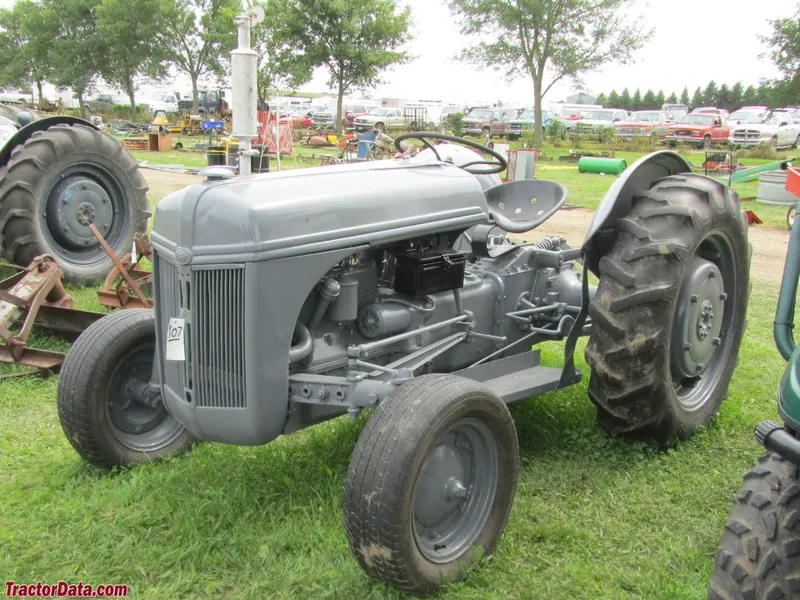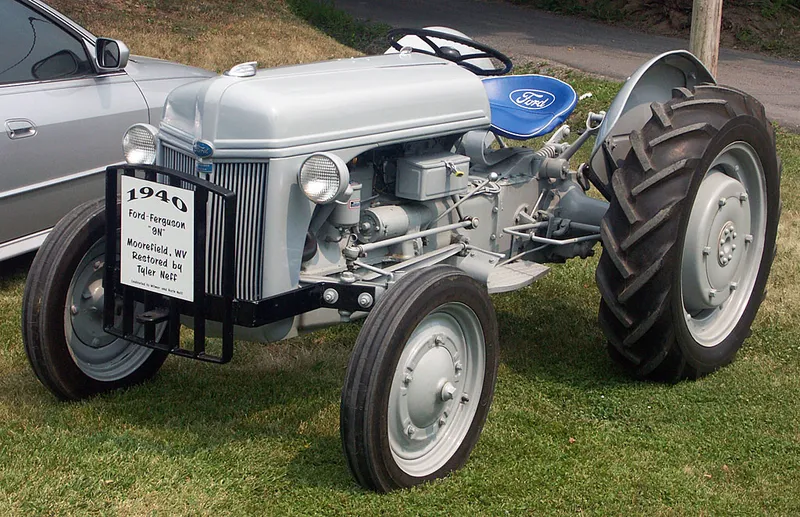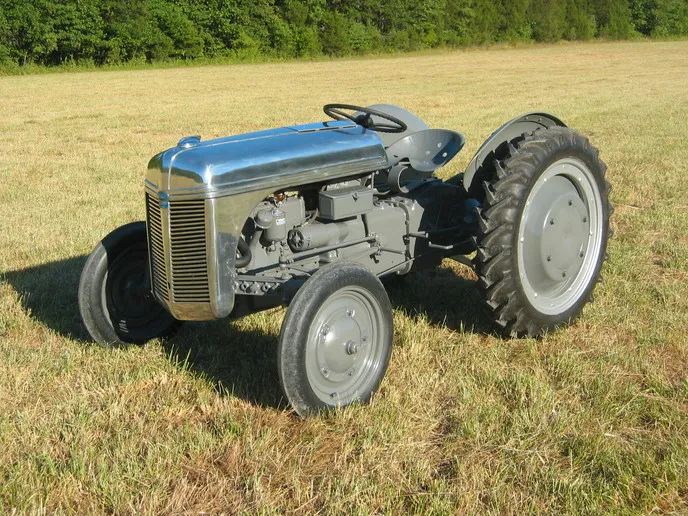
The Ford 9N was a pioneering tractor introduced by Ford Motor Company in 1939, marking a significant milestone in agricultural machinery. Here are some key aspects:
Introduction and Innovation: The Ford 9N was among the first tractors to feature several innovative elements, including a three-point hitch system designed by Henry Ford and engineer Eugene Farkas. This revolutionary system became a standard for tractor design due to its efficiency in attaching implements.
Performance and Adaptability: This tractor was powered by a four-cylinder engine delivering around 23 horsepower. Its adaptability made it popular among small farm owners for various tasks, including plowing, tilling, and hauling.
Economic Impact: The Ford 9N was affordable, making it accessible to many farmers during the Great Depression era. Its introduction significantly transformed agricultural practices, enhancing productivity and efficiency on farms.
Evolution: The Ford 9N underwent several modifications during its production run. In 1942, production transitioned to the Ford 2N, featuring updates such as improved cooling systems and an increase in power output.
Historical Significance: Beyond its functional features, the Ford 9N holds historical significance for its role in agricultural mechanization, empowering small-scale farmers and contributing to the development of modern farming practices.
The Ford 9N and its successor, the 2N, left an enduring impact on agricultural machinery, laying the groundwork for modern tractors and setting standards for efficiency, adaptability, and affordability in the farming industry.








